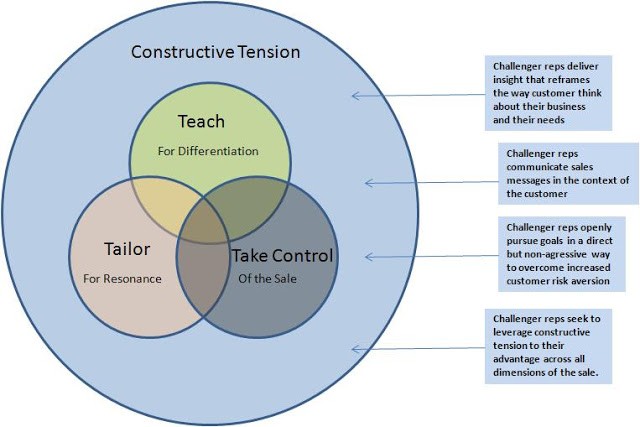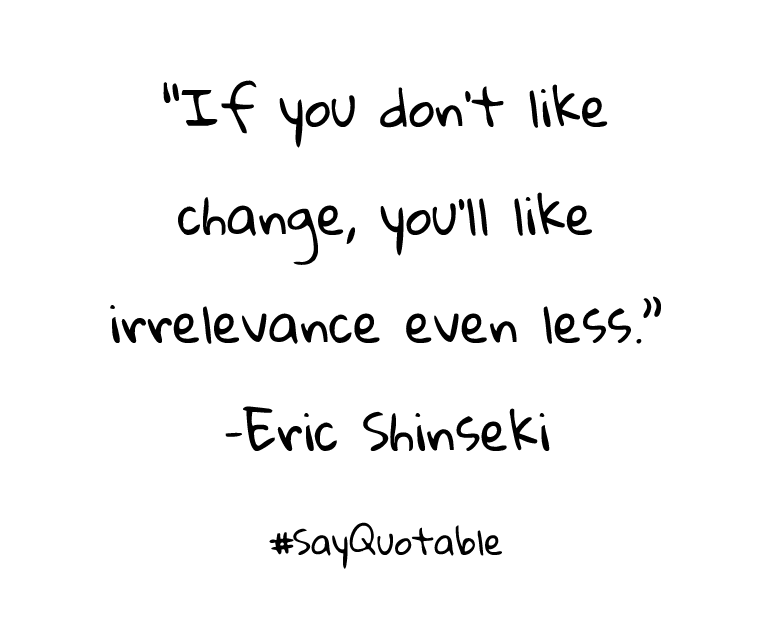I love Amazon’s Audible.com app, especially the part where, every two weeks, Amazon emails me a list of books that they think would interest me. Last week, I received Amazon’s book-to-read recommendation. The book was Challenger Sale. At first, I was not too excited about it. And since the alternative book’s title was almost as boring, I reluctantly decided to download Challenger Sale.
I think Amazon can definitely read my mind. It turns out, I was dead wrong about the book. Challenger Sale is excellent and its arrival could not be any better timed. I struggle to learn everything about how to create sales conversations with my prospects and existing customers. This book was a godsend. Once I started to listen to the book, I did not stop until it hit the end.

The book begins with how the sales profession has changed radically in the last thirty years. With the advent of computers, the internet, social media, and the emergent artificial intelligence, customers have steadily cut the middleman, and most of that cutting happened in sales departments.
Customers are now trained to research on their smartphone, read peer reviews on Google, bargain hunt by comparing multiple websites, and make the final purchase online. All of this without interaction with one single sales person. No wonder the price becomes the only leverage available for salespeople. This race to the bottom is not a pretty sight.

The bad news for salespeople is that selling is no longer about relationships. To be successful, salespeople need to create value conversations while still hitting their sales targets and maintaining high customer satisfaction. Challenger Sale started with the definition of the different types of salesperson.
The book listed five distinct profiles of salespeople:
The Hard Worker (21%): Driven, persistent, goes the extra mile.
The Relationship Builder (27%): Builds strong customer advocates, generous supporter, focuses on customer needs.
The Lone Wolf (18%): Confident, instinctive, independent, difficult to control, poor team player.
The Problem Solver (14%): Detail focused, reliable, dives in to sort out problems.
The Challenger (27%): Provides insights, debates, pushes customer thinking.
As you may have guessed it, it is no surprise that the Challengers come out on top, making up 39% of top performers in sales organization.

So how do the Challengers excel? The authors identify three key skills:
Teaching for differentiation, using unique perspectives to make customers think differently, and see new needs and possibilities.
Tailoring for resonance, through a sound understanding of customer economic and value drivers.
Taking control, including comfort in discussing money and pressuring customers.
For salespeople trying to stay relevant, the book offers clearly outlined steps to being a successful salesperson. Instead of boring their customers with useless product information, salespeople should approach customers with unique insights about how they can save or make money. As salespeople, we need to tailor the sales message to the customer's specific needs and objectives.
Once you understand how to identify the Challengers in your organization, you can model their approach and embed it throughout your sales process. Challenger Sale explains how almost anyone can learn to successfully reframe customer expectations and deliver unrecognized opportunities.